The World Monuments Fund has announced its 2025 Watch – here are some of the endangered sites on the list
Every two years, the World Monuments Fund creates a list of 25 monuments of global significance deemed most in need of restoration. From a modernist icon in Angola to the cultural wreckage of Gaza, these are the heritage sites highlighted
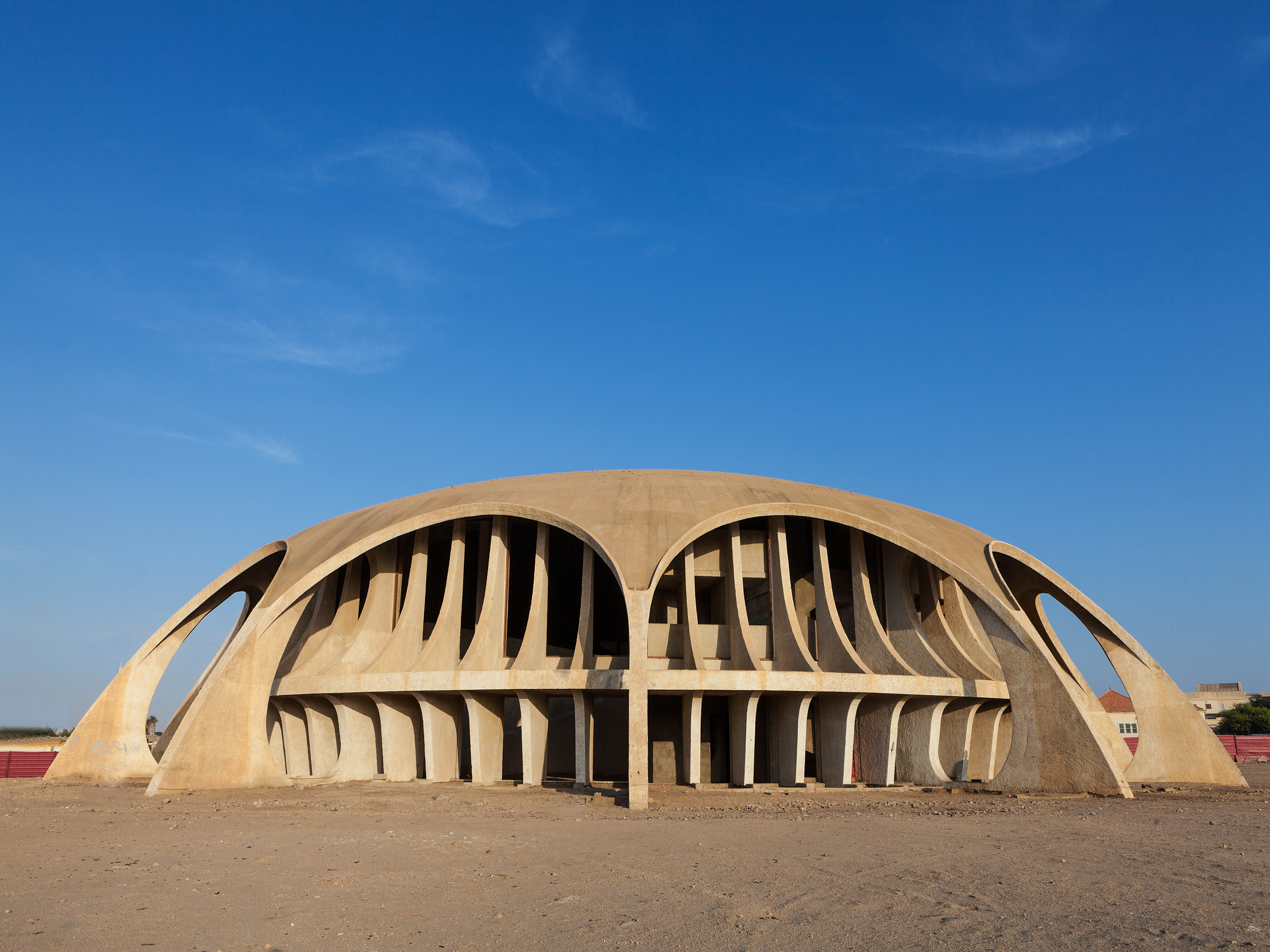
The World Monuments Fund’s Watch list identifies monuments of cultural and historical significance that are endangered by factors such as globalisation, tourism, conflict and climate change. An open call for nominations, which come from local groups or even individuals, is held every two years to call attention to at-risk heritage and key restoration projects.
This year, the Watch received over 200 nominations pertaining to heritage sites in 69 countries. However, there are only 25 places available. The WMF’s selection process considers things like a site’s local and global significance, the urgency of the proposed project, and its likelihood of success. The 2025 list spans 29 countries, ranging from Palestine to France, plus – more on this later – the Moon.
For selected sites, the WMF galvanises action in a number of ways: being on the Watch provides them with global recognition, but also concrete expertise. Members collaborate with sites to co-design strategies for awareness, fundraising and on-the-ground preservation.
From Africa’s Swahili Coast to the Old City of Antakya in Turkey, the types of challenges faced by monuments on the Watch reflect the problems we face as a global society. In Sub-Saharan Africa, for example, 81 per cent of 2025 Watch sites cited climate change as the main challenge faced. In Asia and the Pacific, 62 per cent cited rapid urbanisation and development. In Latin America and the Caribbean, the biggest problem was tourism, and in the Middle East and North Africa it was conflict and crisis recovery. This illustrates the extent to which heritage and conservation are wrapped up in social, political and geopolitical issues.
Here are some of the heritage sites prioritised by the WMF in 2025.
Cinema Studio Namibe, Angola
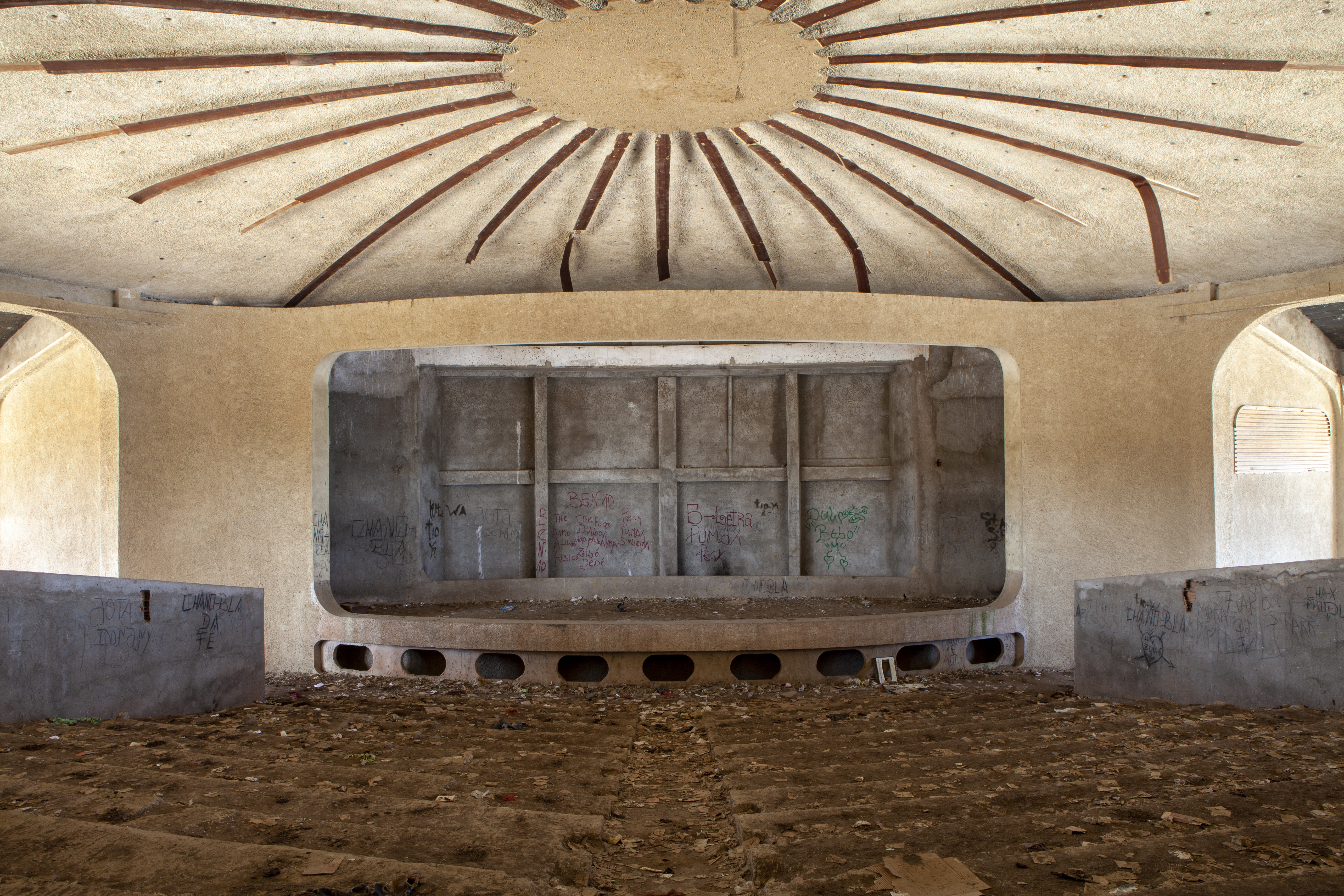
Between 1940 and the early-1970s, Angola saw a surge in the construction of cinemas. Initially created by the Portuguese colonial regime as instruments for propaganda, these theatres became popular spaces for socialising and entertainment, showing national and international films and then, following the onset of Angola’s War of Independence, material that reflected the revolutionary ideas of the liberation movement.
The construction of these cinemas coincided with the modernist movement, resulting in fantastic structures like the Cinema Studio Namibe, located in Moçâmedes (formerly Namibe). Designed by Portuguese architect José Botelho Pereira, this is a prime example of tropical modernist architecture, and echoes the cultural and political history of twentieth-century Angola. Construction began in 1973, but never completed due to the outbreak of the Angolan Civil War two years later.
Receive our daily digest of inspiration, escapism and design stories from around the world direct to your inbox.
Today, the Cinema Studio Namibe lies in a state of decay, as do many of the cinemas built around the same time. Recent urban regeneration initiatives in Moçâmedes, however, have brought attention to its state.
Buddhist grottoes of Maijishan and Yungang, China
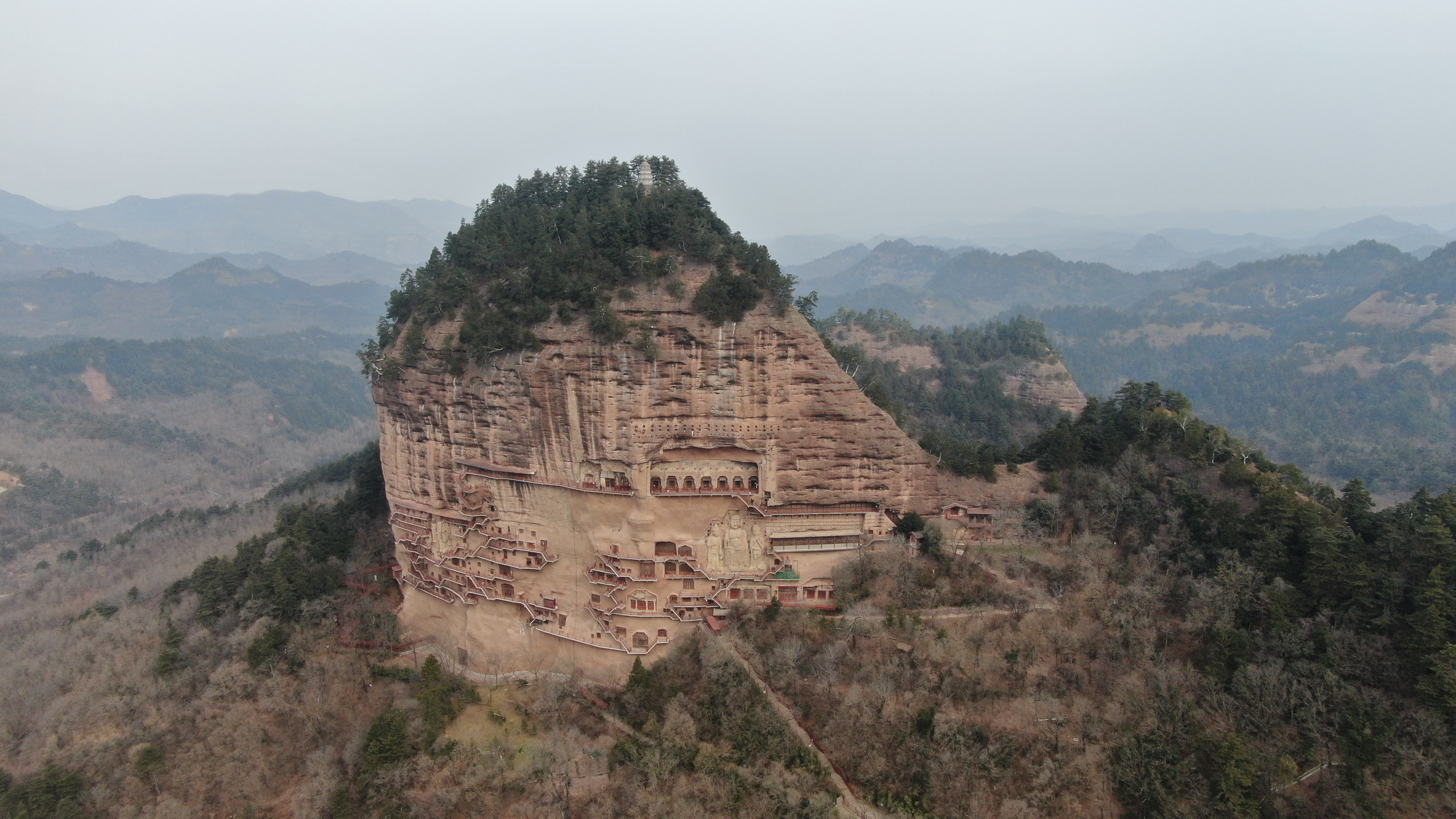
Buddhist grottoes are among the most remarkable legacies of ancient China. The rock-cut architecture at Maijishan and Yungang in northern China is home to cave temples, some containing hundreds of hand-excavated prayer halls and niches. The Maijishan grottoes, located in the mountains of Gansu Province, contain 194 caves housing over 7,200 sculptures and murals. The Yungang grottoes, in Shanxi Province, were created during the Northern Wei Dynasty in the fifth and sixth centuries.
Both Maijishan and Yungang are designated as World Heritage Sites, and are increasingly threatened by the impact of mass tourism. Around one million people visit Maijishan each year, with as many as 13,000 per day during peak season, putting immense strain on the cantilevered walkways. Both sites need improved visitation and preservation strategies to help balance accessibility and protection.
Gaza historic urban fabric, Palestine
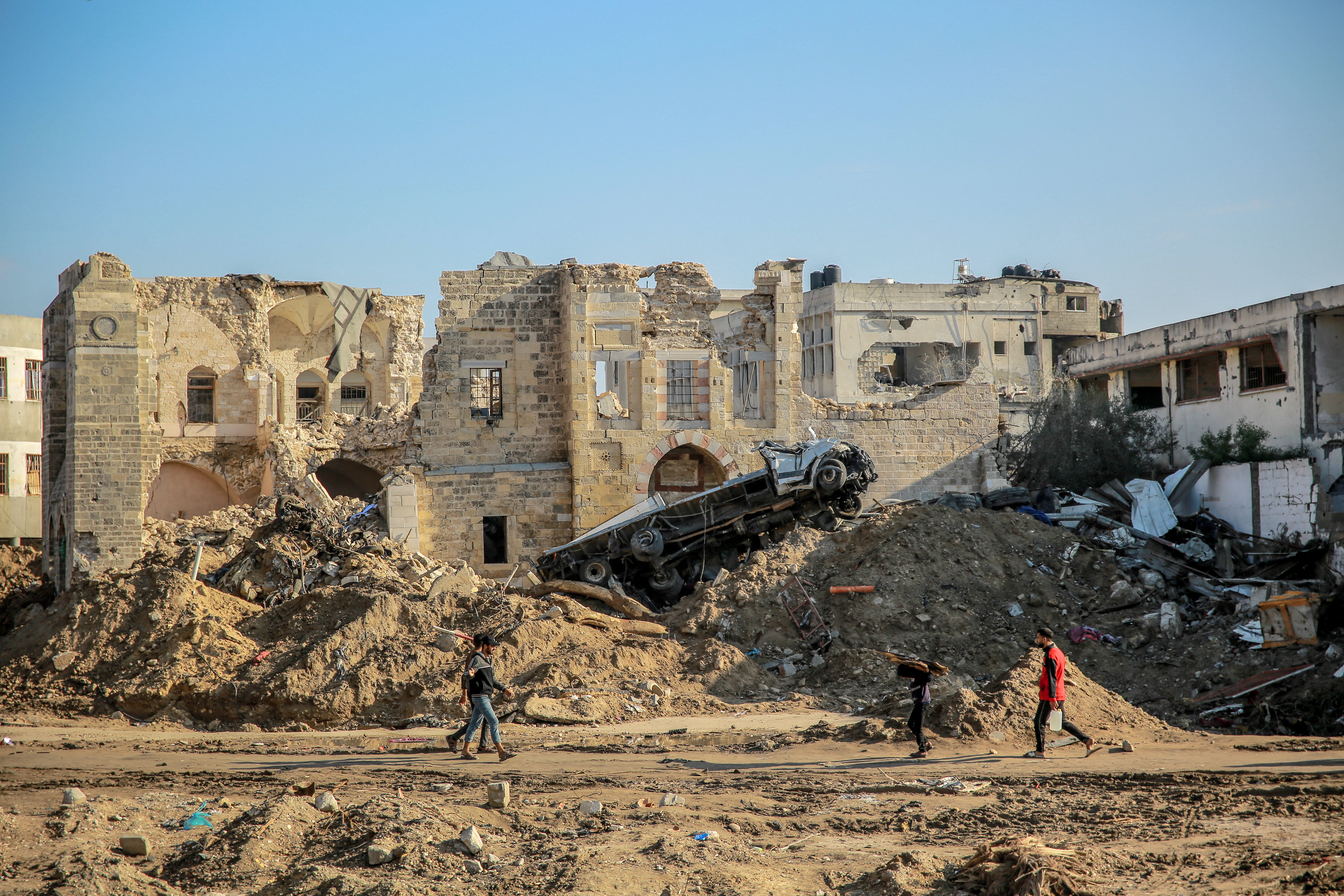
The recent conflict in Gaza has taken a devastating toll on its cultural landmarks. According to an assessment by the World Bank, European Union and United Nations conducted nearly a year ago, in March 2024, 63 per cent of Gaza’s heritage sites had sustained damage, with 31 per cent completely destroyed. According to Unesco, Israeli bombardment has damaged or destroyed 75 heritage sites, many of which reflect Gaza’s role as a crossroads of civilisations: the Church of Saint Porphyrius, for example, is the oldest active church in Gaza, built in the 1100s. The Great Omari Mosque is Gaza’s largest and oldest mosque, and Hammam al-Sammara, a bathhouse, has pre-Islamic Samaritan origins. This region is replete with cultural history spanning approximately 12,000 years.
The destruction of heritage not only erases the past but also undermines community resilience, identity and morale, making preservation integral to long-term reconstruction.
Historic lighthouses of Maine, USA

Maine’s lighthouses serve as beacons of the state’s history of industry and prosperity. They guarded its coastline for centuries, with the Portland Head Light, Maine’s oldest lighthouse, first being lit in 1791. A further 68 were constructed by 1910 – these lighthouses have featured prominently in American literature and popular culture, including Henry Wadsworth Longfellow’s poem The Lighthouse and the 1994 film Forrest Gump.
Today, 66 of Maine’s historic light stations remain, 57 of which still guide sailors using modern automated techniques. However, climate change – specifically rising sea levels and increased storm surges – poses a significant threat.
The Moon

The Moon, an endangered monument? Apparently so. When you think about the fact that the Apollo 11 mission of 1969 was one of humanity’s most significant scientific and cultural milestones, it makes sense. The Moon is home to over 90 historic sites and artifacts, including Tranquility Base, where Apollo 11 landed, and Neil Armstrong’s first footprints.
As we sit on the precipice of a new era of space exploration driven by private companies such as SpaceX, and as the global space economy, projected to reach $1.8 trillion by 2035, drives increased activity on the Moon’s surface, WMF suggests that we need to consider the long-term protection of our lunar heritage.
Also on the 2025 Watch list…
War Waru agricultural fields, Peru
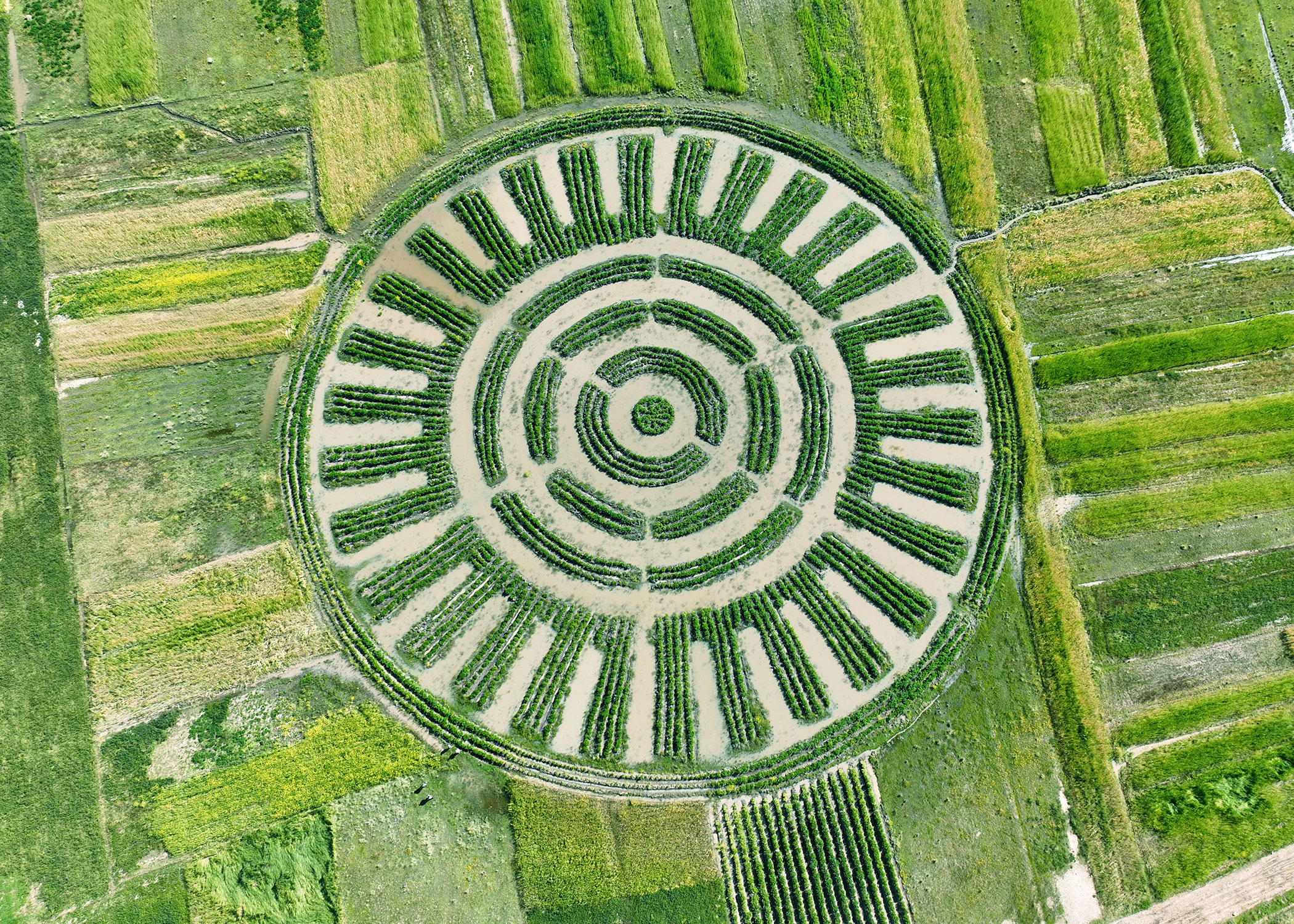
Bhuj historic water systems, India
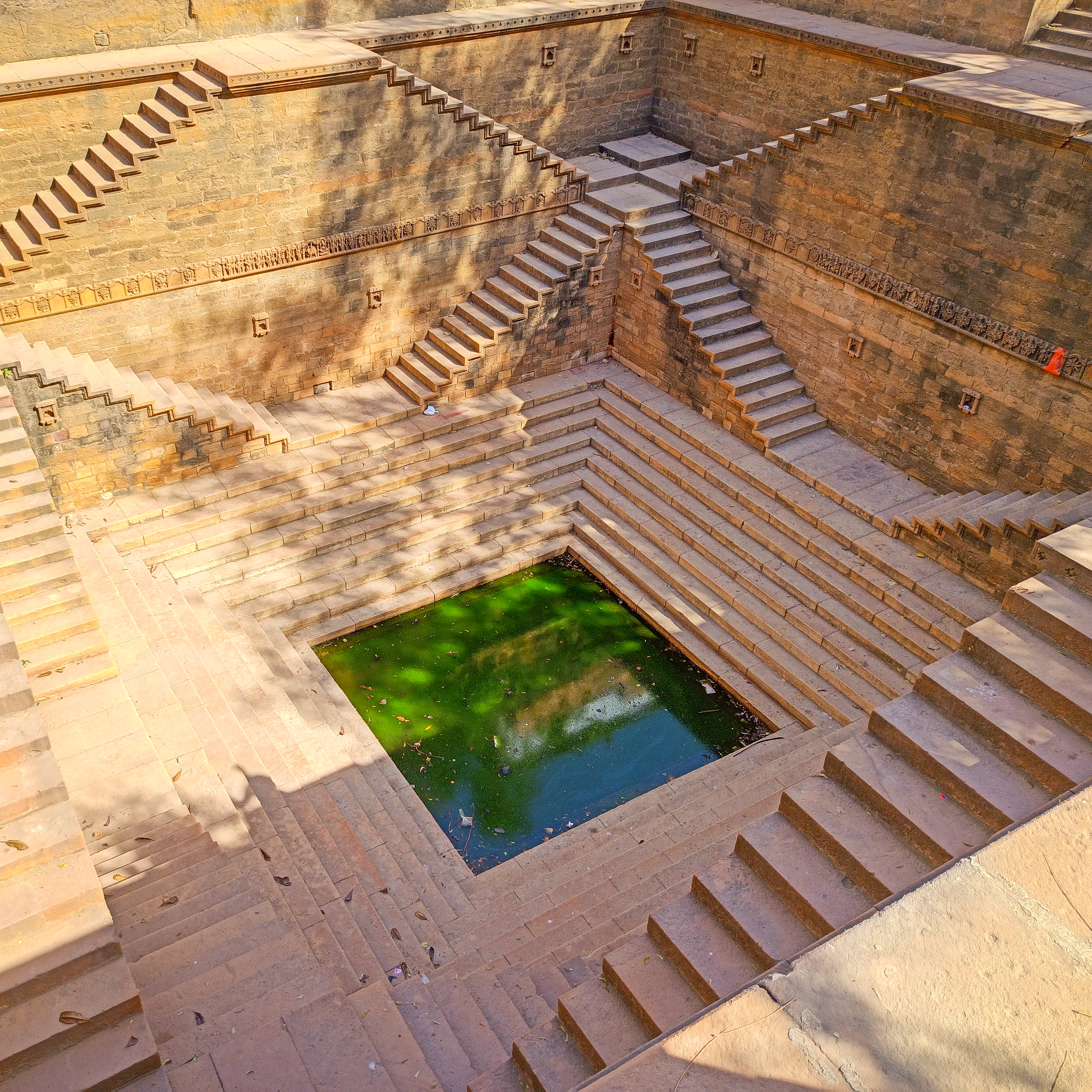
Monasteries of Drino Valley, Albania
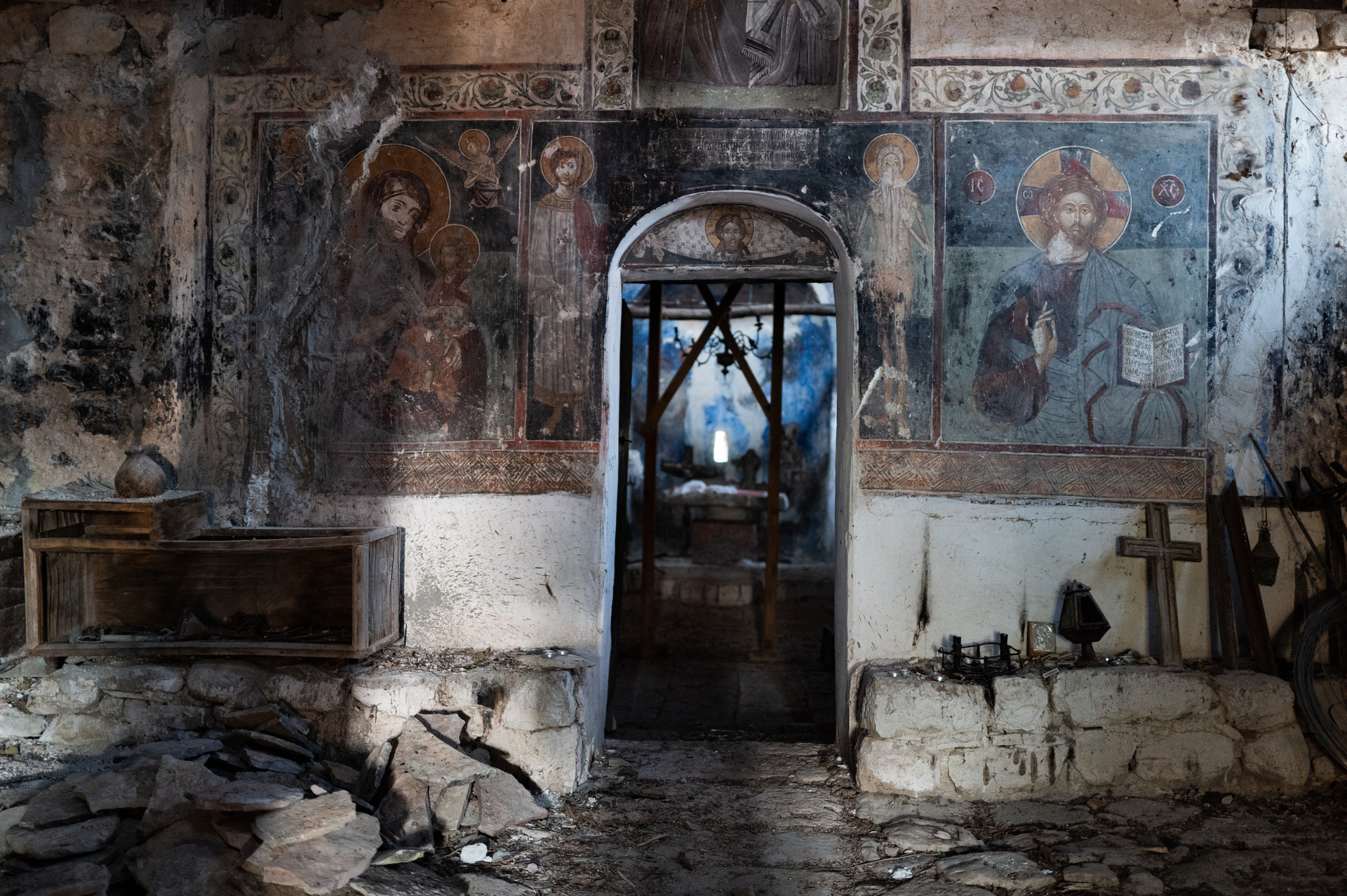
Water reservoirs of the Tunis Medina, Tunisia
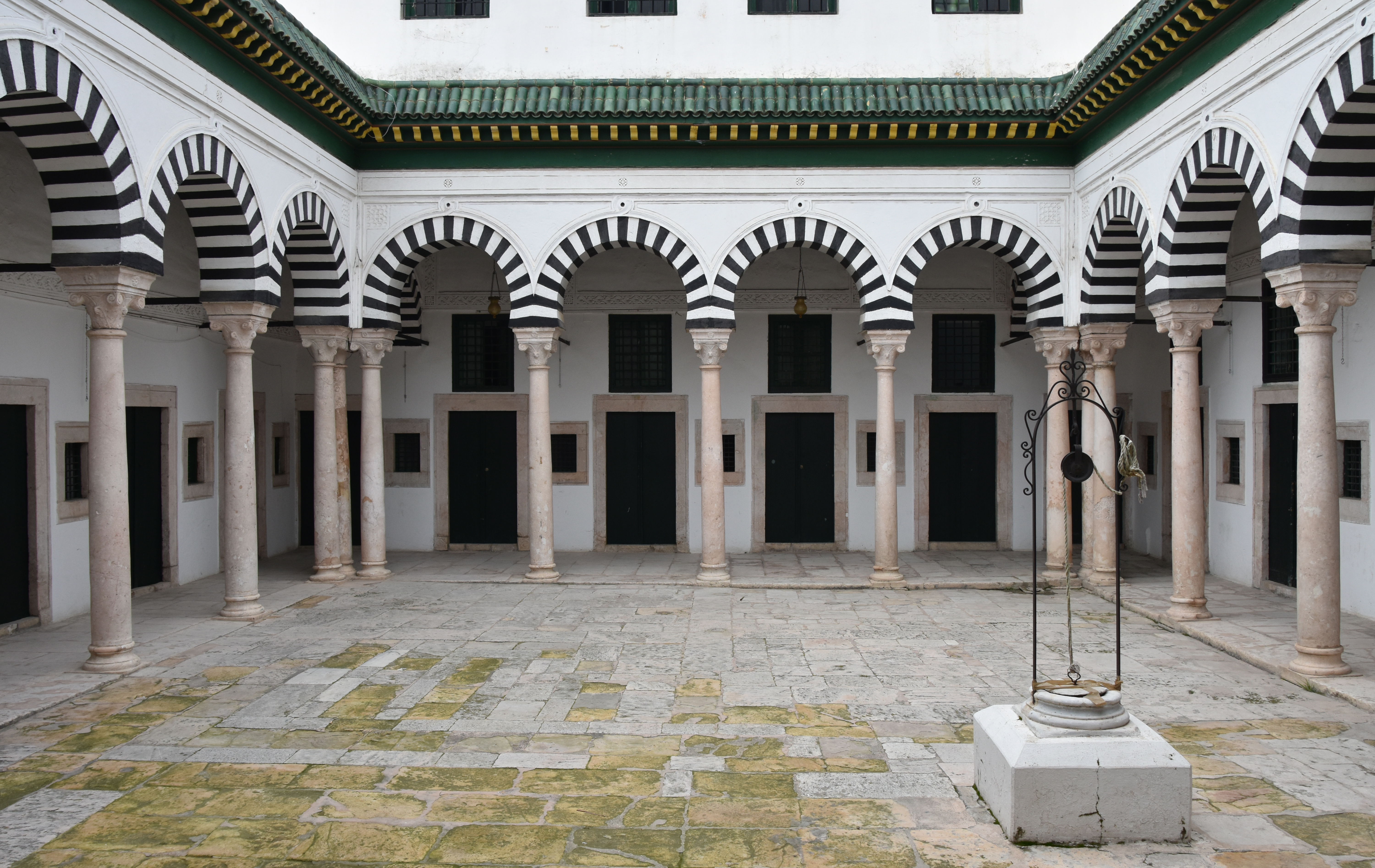
Kyiv Teacher’s House, Ukraine

Anna Solomon is Wallpaper’s digital staff writer, working across all of Wallpaper.com’s core pillars. She has a special interest in interiors and curates the weekly spotlight series, The Inside Story. Before joining the team at the start of 2025, she was senior editor at Luxury London Magazine and Luxurylondon.co.uk, where she covered all things lifestyle and interviewed tastemakers such as Jimmy Choo, Michael Kors, Priya Ahluwalia, Zandra Rhodes, and Ellen von Unwerth.
-
 Holland & Holland's Range Rover is outstanding in its field: shoot the breeze in style
Holland & Holland's Range Rover is outstanding in its field: shoot the breeze in styleCan you spare half a million pounds for a glorified four-wheeled gun cabinet? If so, the Range Rover Holland & Holland Edition by Overfinch might be the perfect fit
-
 Veronica Ditting’s collection of tiny tomes is a big draw at London's Tenderbooks
Veronica Ditting’s collection of tiny tomes is a big draw at London's TenderbooksAt London bookshop Tenderbooks, 'Small Print' is an exhibition by creative director Veronica Ditting that explores and celebrates the appeal of books that fit in the palm of your hand
-
 How Beirut's emerging designers tell a story of resilience in creativity
How Beirut's emerging designers tell a story of resilience in creativityThe second in our Design Cities series, Beirut is a model of resourcefulness and adaptability: we look at how the layered history of the city is reflected in its designers' output
-
 Step inside this resilient, river-facing cabin for a life with ‘less stuff’
Step inside this resilient, river-facing cabin for a life with ‘less stuff’A tough little cabin designed by architects Wittman Estes, with a big view of the Pacific Northwest's Wenatchee River, is the perfect cosy retreat
-
 Remembering Robert A.M. Stern, an architect who discovered possibility in the past
Remembering Robert A.M. Stern, an architect who discovered possibility in the pastIt's easy to dismiss the late architect as a traditionalist. But Stern was, in fact, a design rebel whose buildings were as distinctly grand and buttoned-up as his chalk-striped suits
-
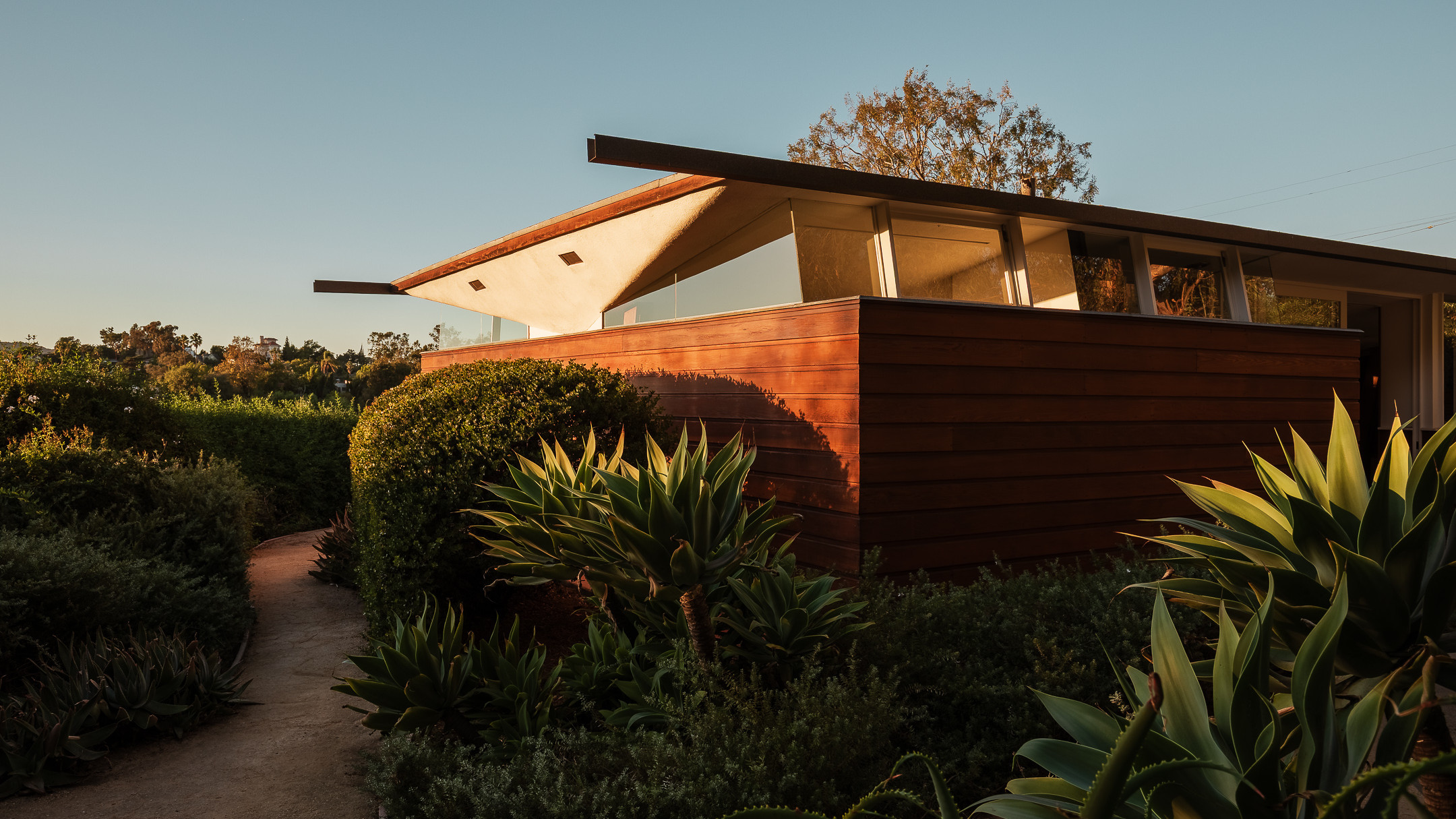 Own an early John Lautner, perched in LA’s Echo Park hills
Own an early John Lautner, perched in LA’s Echo Park hillsThe restored and updated Jules Salkin Residence by John Lautner is a unique piece of Californian design heritage, an early private house by the Frank Lloyd Wright acolyte that points to his future iconic status
-
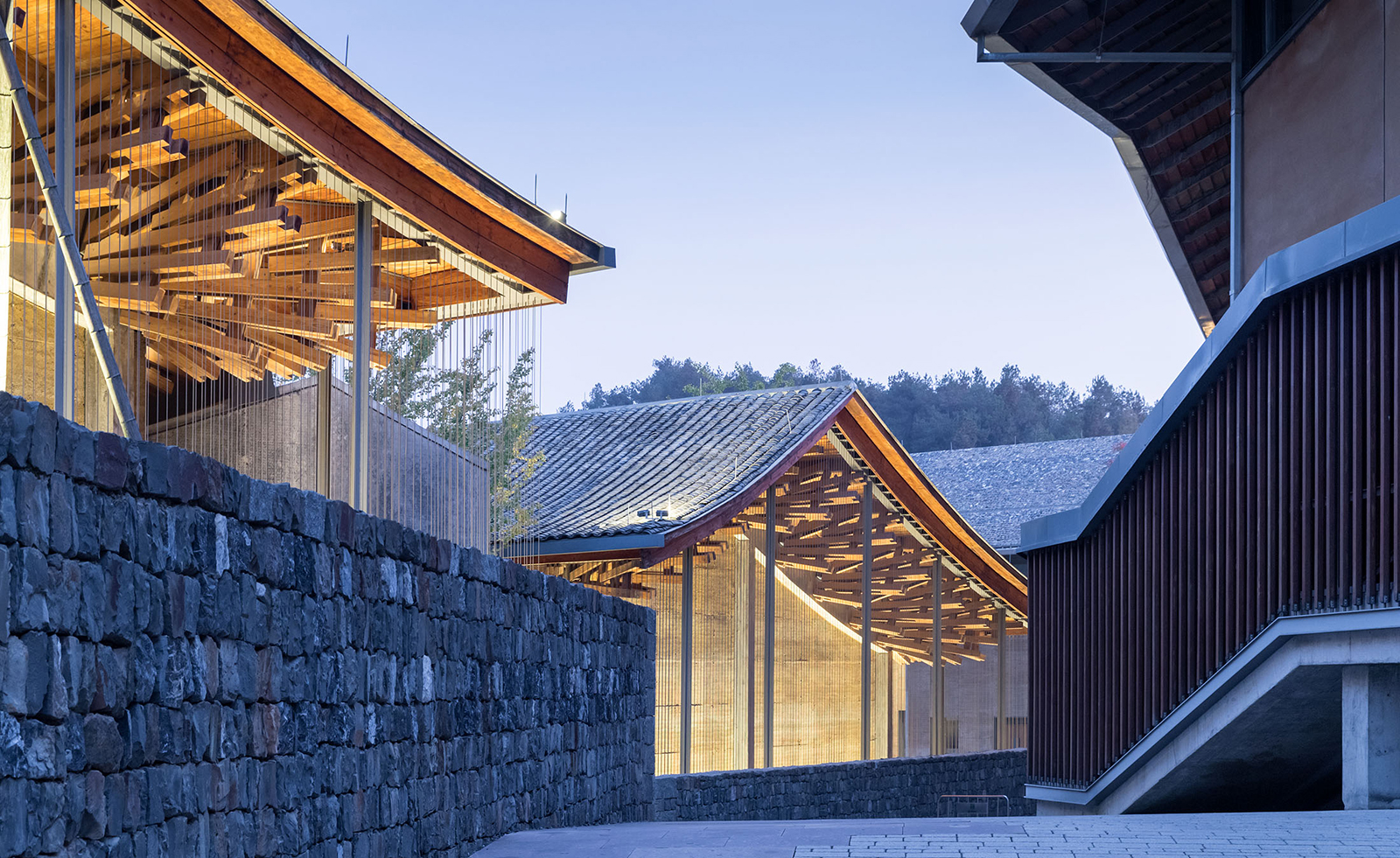 Wang Shu and Lu Wenyu to curate the 2027 Venice Architecture Biennale
Wang Shu and Lu Wenyu to curate the 2027 Venice Architecture BiennaleChinese architects Wang Shu and Lu Wenyu have been revealed as the curators of the 2027 Venice Architecture Biennale
-
 The Stahl House – an icon of mid-century modernism – is for sale in Los Angeles
The Stahl House – an icon of mid-century modernism – is for sale in Los AngelesAfter 65 years in the hands of the same family, the home, also known as Case Study House #22, has been listed for $25 million
-
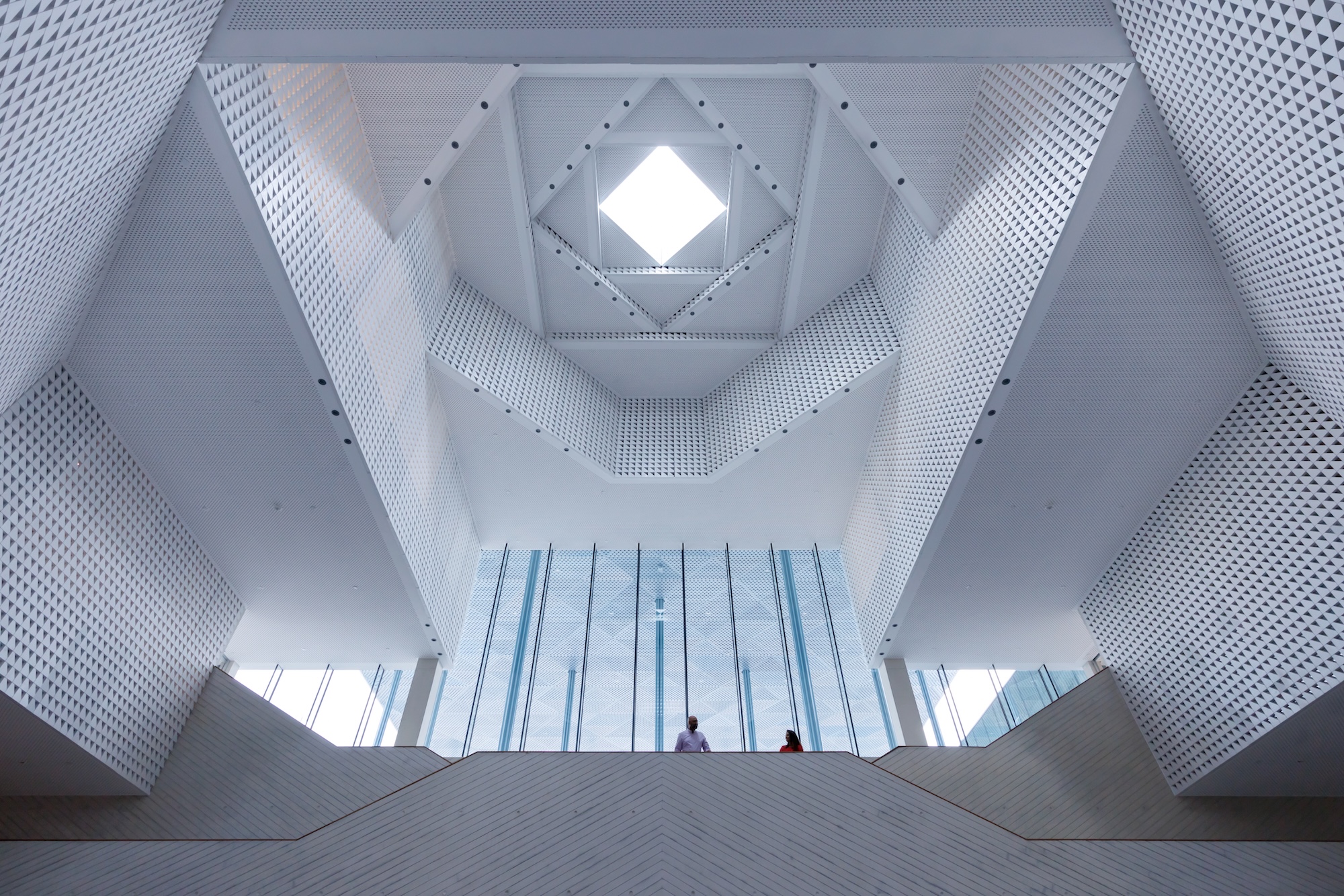 Houston's Ismaili Centre is the most dazzling new building in America. Here's a look inside
Houston's Ismaili Centre is the most dazzling new building in America. Here's a look insideLondon-based architect Farshid Moussavi designed a new building open to all – and in the process, has created a gleaming new monument
-
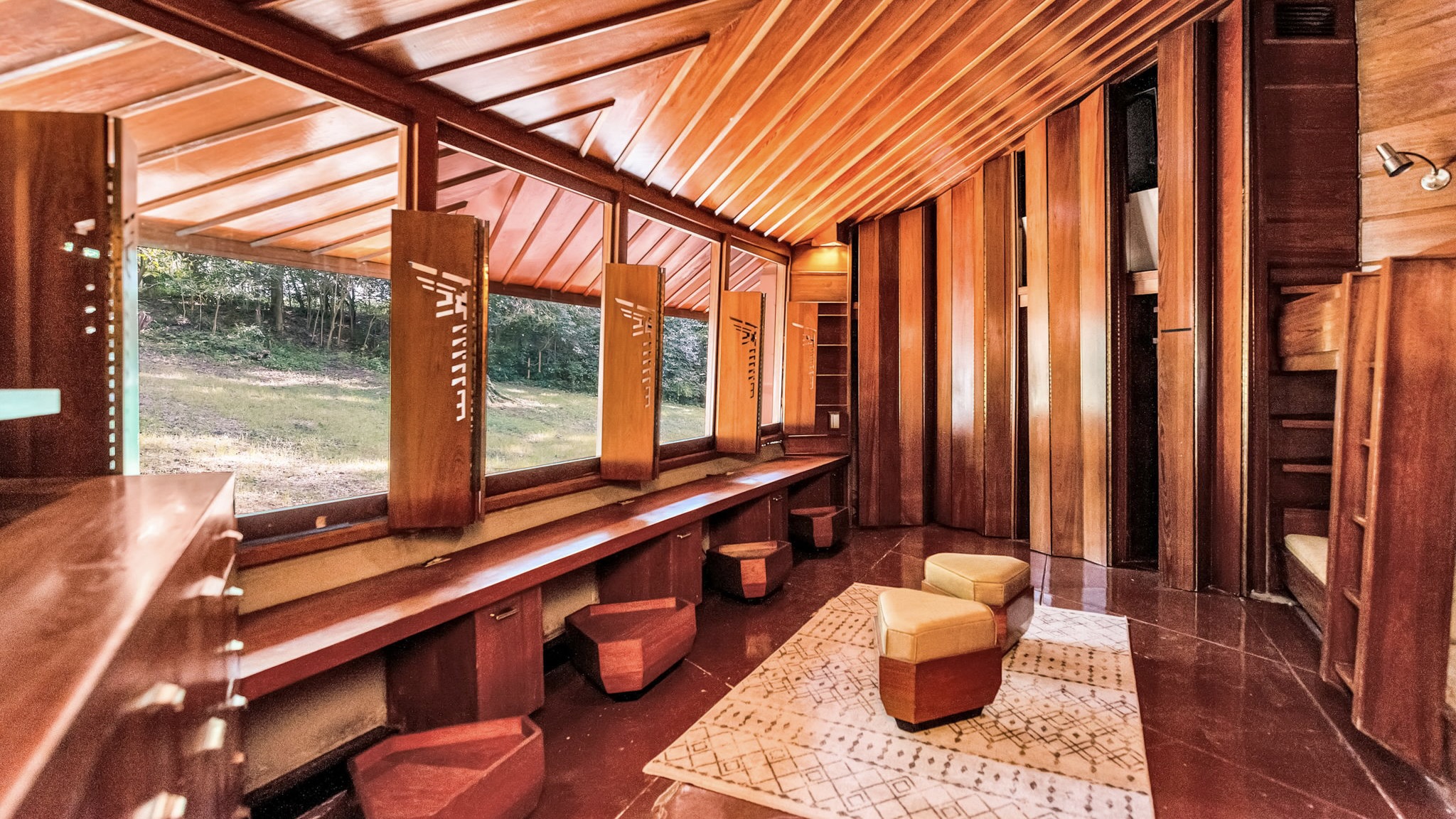 Frank Lloyd Wright’s Fountainhead will be opened to the public for the first time
Frank Lloyd Wright’s Fountainhead will be opened to the public for the first timeThe home, a defining example of the architect’s vision for American design, has been acquired by the Mississippi Museum of Art, which will open it to the public, giving visitors the chance to experience Frank Lloyd Wright’s genius firsthand
-
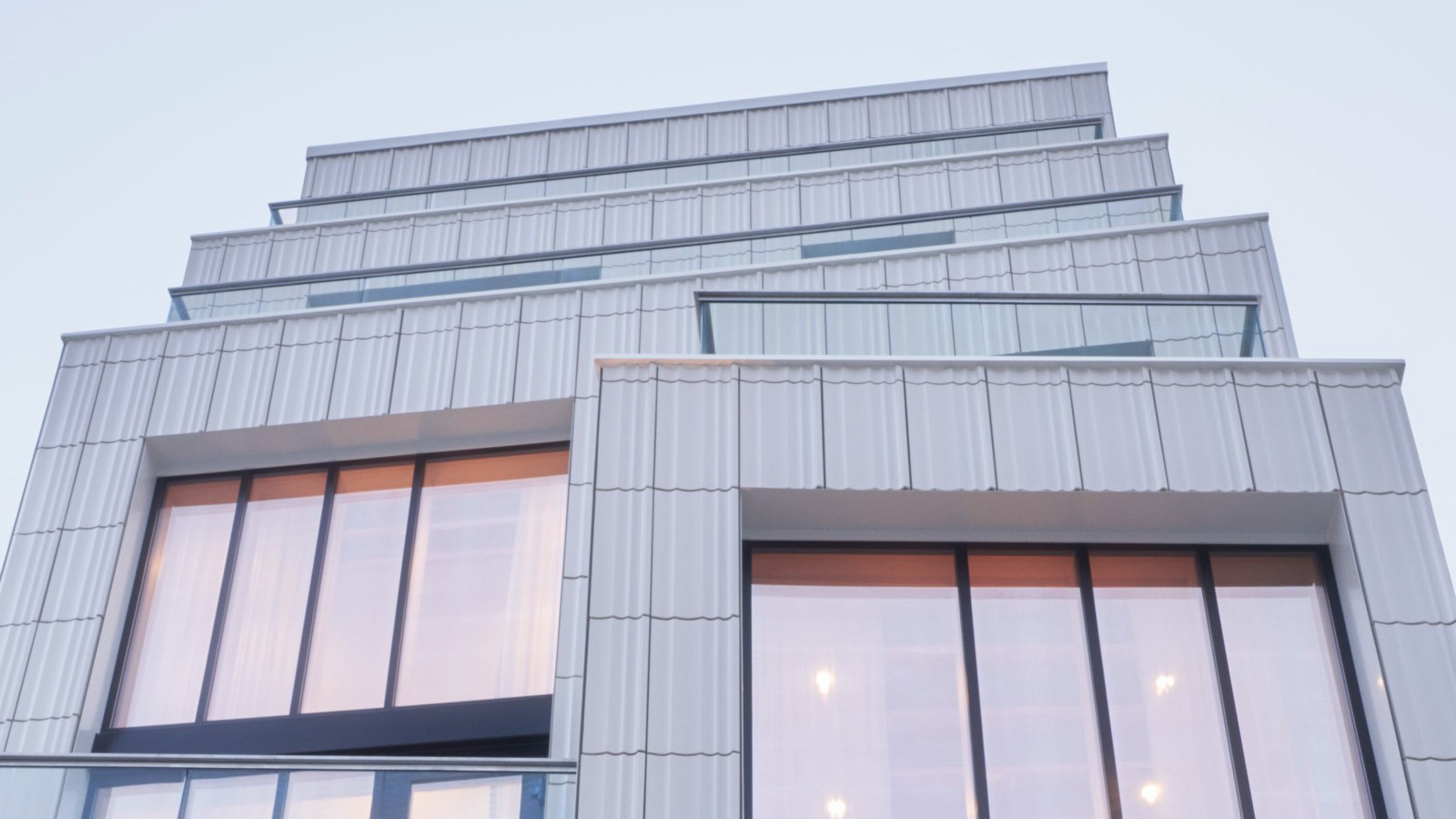 Clad in terracotta, these new Williamsburg homes blend loft living and an organic feel
Clad in terracotta, these new Williamsburg homes blend loft living and an organic feelThe Williamsburg homes inside 103 Grand Street, designed by Brooklyn-based architects Of Possible, bring together elegant interiors and dramatic outdoor space in a slick, stacked volume